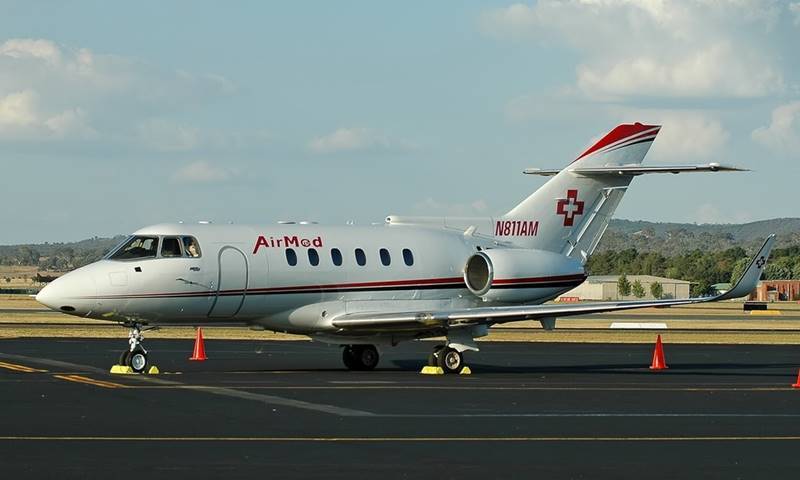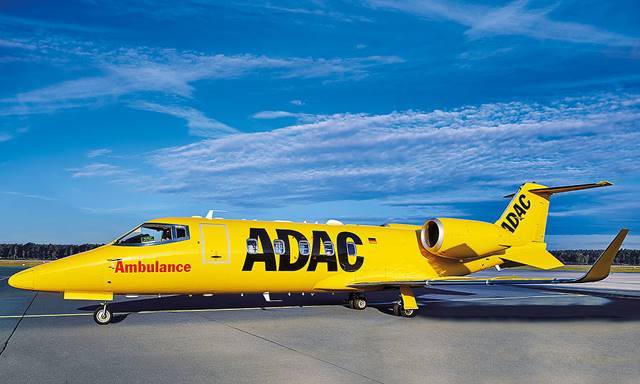Air Ambulance in Aviation: A Lifeline in Critical Situations
In the fast-paced world of aviation, air ambulances play a crucial role in saving lives during medical emergencies. These specially equipped aircraft are designed to provide swift and efficient medical transportation for patients in critical conditions. This article explores the importance of air ambulance in aviation, shedding light on their indispensable role in emergency medical services.
The Rise of Air Ambulances in Aviation
Air ambulances, also known as medical evacuation helicopters or fixed-wing aircraft, have been around since the early 20th century. However, it was during World War II that they gained significant recognition for their role in evacuating wounded soldiers from the battlefield. Since then, air ambulances have evolved considerably in terms of technology, safety, and specialized medical equipment, becoming an integral part of modern-day aviation.
Speed and Efficiency: The Ultimate Advantage
When it comes to medical emergencies, time is of the essence. Air ambulances offer a significant advantage over traditional ground ambulances, as they can rapidly cover vast distances and reach remote or inaccessible areas within a short span of time. This speed and efficiency are particularly crucial in critical situations, where every minute counts and can mean the difference between life and death.
Specialized Medical Care Onboard
Air ambulances are equipped with advanced medical facilities that allow for the transportation of patients in critical condition. These aircraft are staffed by highly trained medical professionals, such as paramedics, nurses, and sometimes even specialized physicians. The presence of these medical experts ensures that patients receive the necessary care and treatment during transit, minimizing the risk of deterioration before reaching the hospital.
Access to Specialized Facilities
In certain cases, patients may require treatment at specialized medical facilities that are not available in their current location. Air ambulances bridge this gap by providing a seamless transfer of patients to the appropriate healthcare facility, regardless of the distance involved. This capability is particularly vital in regions with limited medical resources, as it enhances the overall healthcare infrastructure and improves patient outcomes.

Natural Disasters and Emergency Response
During natural disasters, such as earthquakes, floods, or wildfires, traditional transportation infrastructure may be severely disrupted. Air ambulances come to the rescue in such scenarios, facilitating the timely evacuation of injured individuals to medical centers, even in the most challenging conditions. Their ability to access disaster-stricken areas and evacuate patients efficiently contributes significantly to disaster management and emergency response efforts.
Supporting Organ Transplantation
Organ transplantation often requires transporting organs from one location to another swiftly. Air ambulances provide a reliable and time-sensitive means of transporting organs between donor and recipient locations. This critical role they play in organ transplantation has significantly improved the success rates of these life-saving procedures.
Conclusion
Air ambulances in aviation are a vital lifeline that ensures prompt medical care and transportation for patients in critical situations. The combination of speed, specialized medical care, and the ability to reach remote areas makes air ambulances an indispensable component of modern emergency medical services. As technology and medical practices continue to advance, these aircraft will likely become even more efficient and play an increasingly essential role in saving lives worldwide.
References:
- Bhatia, K. (2019). Air Ambulance Service: An Essential Medical Transportation System. Indian Journal of Critical Care Medicine, 23(Suppl 4), S274–S276.
- Ziegenfuss, M., & King, D. R. (2020). Air Ambulance Transport of Patients With Trauma. JAMA Surgery, 155(7), 623–624.
- Seymour, D. J. (2017). Air ambulance services: the continuing challenges. Emergency Medicine Journal, 34(3), 185–186.



